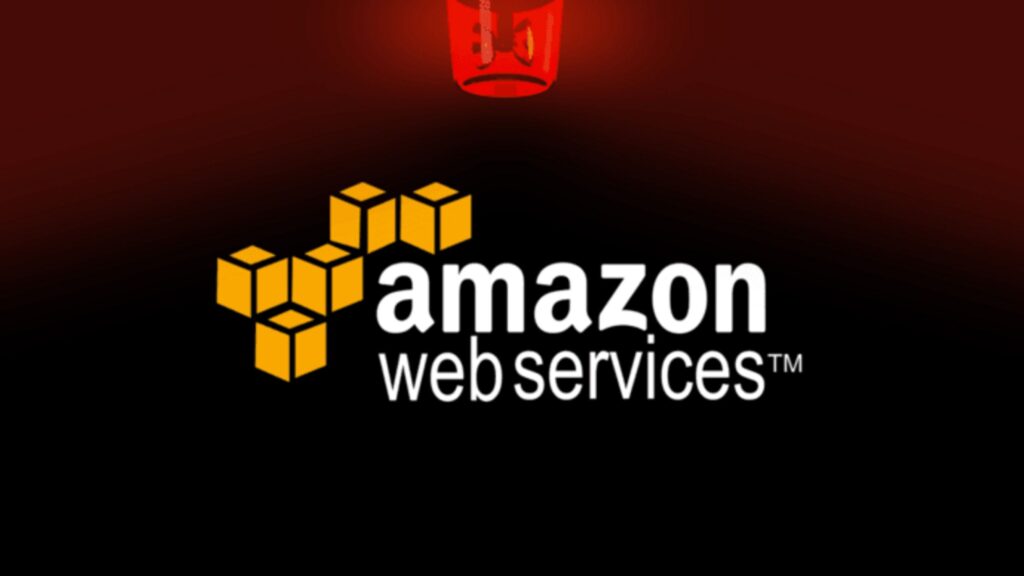Monitoring and Logging in DevOps with AWS CloudWatch and AWS CloudTrail

Keep your systems running smoothly and securely.
Monitoring and logging are essential practices in DevOps. Monitoring allows you to track the performance of your systems, while logging will enable you to collect data about the events that occur in your plans. This data can be used to identify problems, troubleshoot issues, and improve the performance and reliability of your systems.
Overview of Monitoring and Logging:
Monitoring and logging are two distinct but complementary practices. Monitoring is the process of collecting data about the performance of your systems. This data can include metrics, such as CPU usage, memory usage, and disk space usage, as well as events, such as errors and alerts. Logging is the process of collecting data about the events that occur in your systems. This data can include the type of event, the source of the event, and the time and date of the event.
AWS CloudWatch for Monitoring:
AWS CloudWatch is a fully managed monitoring service that can collect and store metrics, logs, and events from your AWS resources. CloudWatch can be used to create dashboards and alerts that can help you track your systems’ performance and identify problems.
AWS CloudTrail for Logging:
AWS CloudTrail is a fully managed service that collects, and stores logs from your AWS API calls. CloudTrail can track who made API calls, what API calls were made, and when API calls were made.
Summary
Monitoring and logging are essential practices in DevOps. AWS CloudWatch and AWS CloudTrail are two AWS services that can collect and store data about the performance, events, and API calls in your AWS environment. This data can be used to identify problems, troubleshoot issues, and improve the performance and reliability of your systems.
Here are some additional thoughts on monitoring and logging:
- Monitoring and logging are not a silver bullet: Monitoring and logging cannot prevent problems from occurring. However, they can help you to identify issues quickly and take corrective action.
- Monitoring and logging should be automated: Monitoring and logging should be automated as much as possible. This will help you to collect data consistently and avoid manual errors.
- Monitoring and logging should be tailored to your specific needs: The specific metrics, logs, and events you collect should be tailored to your needs. There is no one-size-fits-all approach to monitoring and logging.